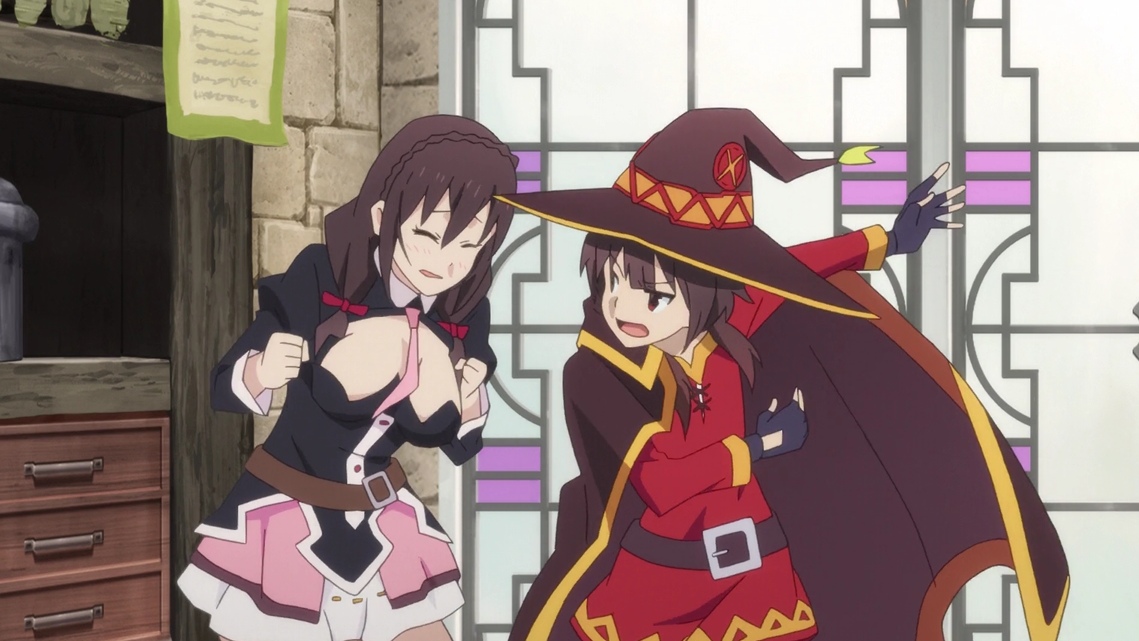

- #AEGISUB ANIMATION 480P#
- #AEGISUB ANIMATION 720P#
- #AEGISUB ANIMATION INSTALL#
- #AEGISUB ANIMATION DOWNLOAD#
The first current one to start, click the icon. Select lines you want to shift, search in video for the frame where you want First 2 are self-explanatory, second 2 for frame timing are explained in Typesetting Basics. You'll learn the basics of timing and typesetting elsewhere, so here's just a few useful things that you might miss:

So we really only use a different script resolution for something that's encoded in that resolution from the beginning.


#AEGISUB ANIMATION 720P#
Since I was obviously gonna use the styles from the earlier episodes, I certainly didn't feel like changing all the sizes and song styling for a 576p script, so I used 720p script for the OVA, so I could keep all the styles as they were. Another was in 720p, while the OVA was in 576p. Un-Go was encoded in 576p so we used 1024x576 for that show.
#AEGISUB ANIMATION 480P#
Some things air in lower quality, some OVAs only stream in 480p on the web. You could technically use 12800x7200 for even more accuracy, and it would work, but you'd be dealing with a lot of lag. Since we use the same styles for all episodes of any given show, changing the resolution in a random episode would be a disaster.Īlso, as I said, with higher resolution you have more accuracy so it's dumb to use lower script resolution than the video is. Which also means, secondly, that all the styles are closely tied to the resolution. If you change it, all sizes and positions go haywire. Firstly, once you set the resolution, you have to do everything in that resolution and never change it. Using a 480p script for a 720p video basically works but you have to understand the problems that may arise from doing that. Which means you'll have shitty accuracy for positioning. Or another example, if you set it to 128x72, then every pixel of your script will correspond to 10x10 pixels of the video. If you set 100x100 and put it on a 1280x720 video, letters will be widened and huge, and \pos(50,50) will appear at (640,360) of the video. Whatever values you use will be 'stretched' to the whole video by the subtitle renderer, and all positioning etc. This sets the resolution of the workspace for the subs. Setting script resolution goes along with importing styles so get used to doing both together. Make sure you don't keep 848x480 when using HS scripts. TL DR - 99% of the time we use 1280x720 so set it to that. This is something you always have to check and always set correctly. When you click that white paper icon up there, you'll see this Script Properties dialogue, where, among a lot of irrelevant things, you have Resolution. If you're like me, you're gonna reverse the whole thing: I find it especially useful for the subtitle grid, as the defaults can be hard to tell apart. You can also change colors for the subtitle grid and audio display.
#AEGISUB ANIMATION DOWNLOAD#
The easier way is to download mkvtoolnix and use the included mkvmerge GUI to create an MKV file with your video and subtitle files as tracks. You are however usually better off using Avisynth if you want to hardsub, as you'd want to use it during encoding anyway. Take the VSFilter.DLL file from your Aegisub installation and copy to the Plugins folder under your VirtualDub installation, and rename it to VSFilter.VDF, and you will then have the TextSub video filter available in VirtualDub, which you can use. What you should do is keep the subtitles in ASS format and use regular VirtualDub.
#AEGISUB ANIMATION INSTALL#
5) Install Subtitler plugin for VirtualDubModĭo not export to SSA, the SSA format does not support a lot of the advanced formatting and styling options, importantly not the \pos and \move tags and nothing involving animation otherwise.ĭo not use VirtualDubMod, it's not maintained and it's buggy and has less features than mainline VirtualDub, which is still being actively developed.ĭo not use the Subtitler plugin, it only supports the SSA format.


 0 kommentar(er)
0 kommentar(er)
